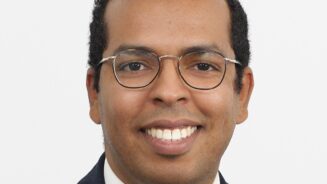Almost 60% of participants stated that income is now somewhat or much more important to them now than it was five years ago, while 69% stated that income is extremely important to them.
The survey also found that around half (54%) of investors are willing to take greater risk in order to augment returns, although when the results are considered by region there is a clear difference in risk appetite between those based in Asia and their European counterparts. Over three-quarters (77%) of Chinese investors, 73% of Singapore-based investors, and 63% of those in Hong Kong are likely to move up the risk spectrum to generate more returns, while in France and Germany a much lower 29% and 36% respectively are prepared to take on more risk.
The UK and US sit mid-table, with 55% and 51% respectively stating that they would increase risk, while Japan bucked the Asian trend with just 36% of investors in the country looking to increase their exposure to riskier assets.
Dissatisfaction?
Investors are receiving average returns of around 6%, which is 3% below expectations. Again this varies by region, with the smallest short fall being in the UK (1.5%), and the widest gap being endured by Taiwanese investors (4%).
Investors in Spain have the largest expectation gap in Europe (2.9%), while Chinese investors have the highest return expectations at 10%.
Matt Schiffman, managing director and head of global marketing at Legg Mason Global Asset Management, said: “There is clearly a significant gap between what investors want in terms of return from their income-generating investments and what they are actually receiving. Indeed, this gap is likely to be wider in reality given the disparity between asset class performance over the past 12 months and the return investors believe they are getting from their income-based investments.
“Investors looking to boost their income clearly need to become less cautious if they are to hope to achieve their expectations. But while the majority of investors say they are prepared to do so, the evidence – and the fact more than half still consider themselves to be conservative investors – suggests they are not yet willing to accept more risk for potentially greater reward.”




